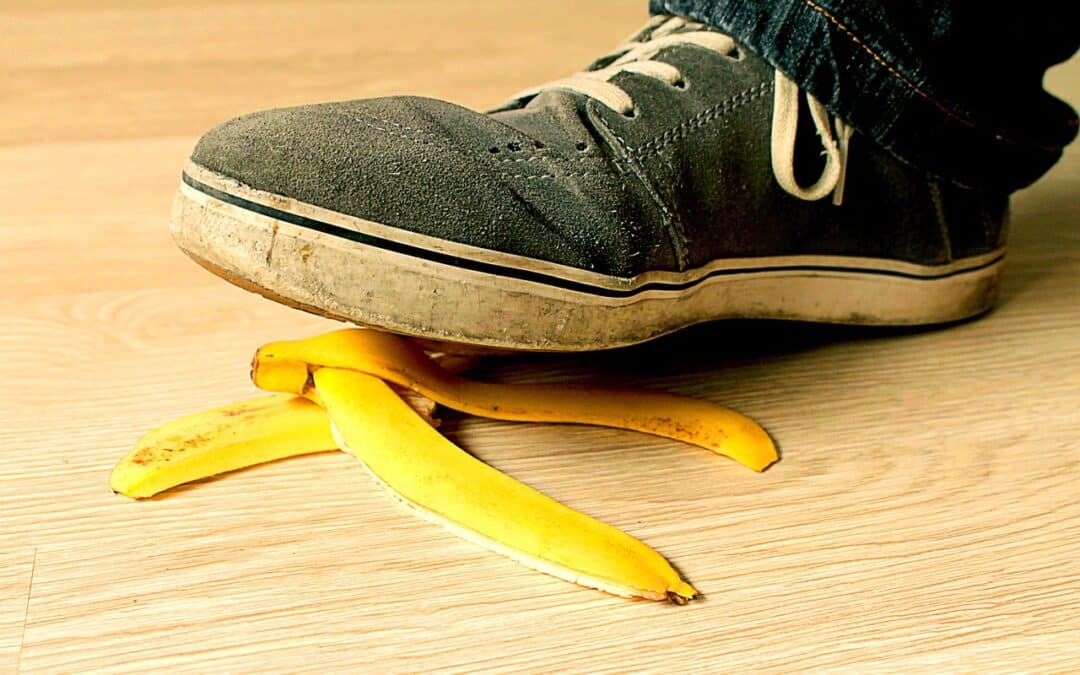You may know that slip and fall accidents are some of the top causes of personal injuries. The majority of personal injuries that occur are due to some sort of slip or trip and fall. You would think that with how often they occur, more precautions would be taken, especially since they are extremely preventable. A handrail here, a warning sign there, even the smallest precaution could make the biggest difference. Something else that might make a big difference is understanding what the most common causes for slip and fall injuries are.
What is a Slip and Fall?
Before we dive into what causes a slip and fall injury, let’s first make sure we have a clear understanding of what a slip and fall is. The name is pretty self explanatory, it is simply when someone either slips or trips, and falls, resulting in an injury. Now, it only becomes a case if someone else is at fault for it. When a slip and fall happens on someone’s property, and proper warning signs were not displayed or precautions were not taken, it is their liability. Negligence to prevent such circumstances can be used to prove fault in a slip and fall case.
Slip and Fall Causes
There are many different scenarios that can result in a slip or trip and fall. The majority of these can be prevented or avoided, however, they are still the most common kind of personal injury that exists. Let’s check out these causes and see how we can be prepared to prevent personal injuries for ourselves and others.
Wet/Slippery Surfaces
Wet floors are the most common cause of slip and fall accidents. Proper signage must be displayed clearly in order to prevent potential accidents from occurring and the property owner being held liable. If warning signs are not present and an accident occurs, this can be counted as negligence and a case can be filed.
Tripping Hazards
Yet another common cause of these kinds of accidents are tripping hazards, which can be any kind of object or obstruction on a walking path. Regardless of what kind of object it is, if it is within the walkway, and proper signage does not exist to warn pedestrians, it can be counted as negligence. In some cases, these hazards can even be removed completely, preventing the chance of anyone getting injured.
Sloping/Uneven Surfaces
Most pedestrians expect the ground on which they are walking to be level and even, so while they wander, they need not worry about losing their balance or leaning one way or the other. However, some walkways are not perfectly flat, and may have slopes, curves, or uneven surfaces. If this is the case, signs and warnings should be put in place for the protection of pedestrians and to prevent anyone from becoming injured.
There are many additional causes of slip and falls to these most common ones. In general, if there is a hazard or any chance that something may cause a slip or fall, it should be removed or altered, and if that is not possible, there should be proper signage put into place in order to make it known to pedestrians. Failure to provide warning of hazards can be considered negligence on a property owner’s behalf. If you have experienced an injury due to negligence leading to a slip and fall, contact us today.

